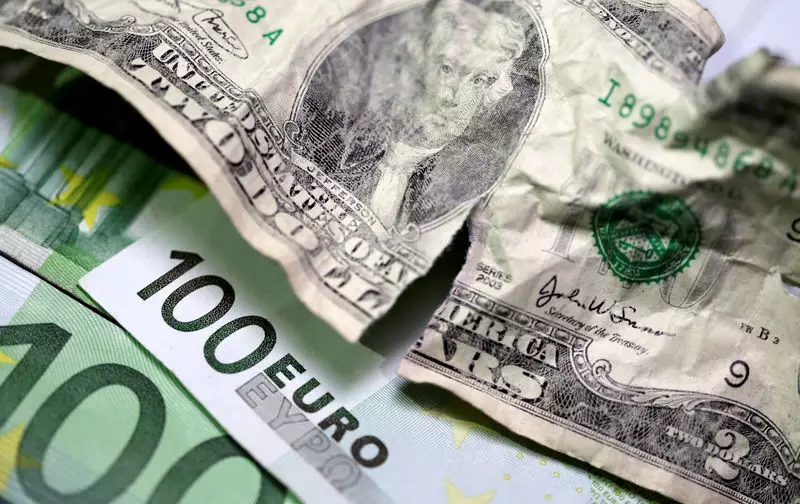On Thursday, the sentiment surrounding the U.S. dollar displayed a slight retreat as investors braced themselves for critical labor market statistics on the horizon. In the early trading hours of the day, the Dollar Index, a gauge that measures the performance of the dollar against six major currencies, registered a minor decline of 0.1%, settling at 106.180. This decrease comes in the context of a broader observation wherein the dollar has relinquished some of its recent advancements, primarily influenced by disappointing growth figures in monthly private payrolls, which did not meet market expectations. Furthermore, an apparent slowdown in the services sector’s activity for November—following a series of positive trends—has compounded concerns over the dollar’s sustained strength.
Meanwhile, Federal Reserve Chair Jerome Powell’s recent comments suggested a nuanced economic environment. He articulated that the current state of the U.S. economy has outperformed prior forecasts made in September, a period during which the Fed initiated interest rate reductions. This revelation indicates a potential moderation in the pace of future rate cuts, keeping market participants on alert.
The anticipation surrounding forthcoming economic data is palpable. Specifically, the weekly claims for jobless benefits will be scrutinized as they have remained at remarkably low levels. However, analysts emphasize that the impending nonfarm payroll (NFP) report is likely to be much more influential in determining the direction of the dollar moving forward. ING analysts have indicated that these jobs data will play a pivotal role in shaping market perceptions regarding future rate hikes or cuts, with the December rate cut still anticipated.
The Euro’s Resilience Amid Political Uncertainty
Across the Atlantic, the Euro demonstrated a surprising uptick despite the backdrop of political upheaval in France. The EUR/USD pair climbed 0.2% to 1.0532, distancing itself from the recent low of 1.0331, which was observed at the tail end of November. The political landscape became complex as French Prime Minister Michel Barnier faced a no-confidence vote, signaling potential ramifications for France’s fiscal policies. Experts suggest that political instability might hinder the momentum required for tackling the nation’s substantial budget deficit that looms ominously over the second-largest economy in the eurozone.
Compounding these instabilities, disappointing industrial data from Germany and France further underscores the fragility of the European economic recovery. Reports reveal a substantial decline in German factory orders of 1.5% in October, paired with a contraction in French industrial production. Both scenarios reinforce the prevailing skepticism about the region’s growth prospects.
In light of these economic indicators, the European Central Bank (ECB) is largely expected to pursue a rate cut during its upcoming meeting—a sentiment echoed throughout market discussions. Expectations are mounting for an easing of over 150 basis points by the conclusion of 2025, signifying a proactive approach in mitigating economic stagnation.
Given these developments, analysts have posited a potential cap on the euro against the dollar, specifically forecasting resistance around the 1.0550 mark. Market players foresee EUR/USD stabilizing around 1.0500 as significant options expire within that range, completing a precarious balancing act.
In the UK, the currency also found a modest degree of support, with GBP/USD moving up by 0.2% to 1.2721, thanks in part to a better-than-expected rise in construction activity for November. In Asia, the dynamics of exchange rates mirrored the global sentiment as USD/JPY dipped to 150.25, while USD/CNY slightly adjusted to 7.2709. A noteworthy shift occurred in South Korea, where USD/KRW rose 0.5% to 1,417.55, following political agitation and the revocation of martial law by President Yoon Suk-Yeol. In response, the South Korean government unveiled a sizable stabilization fund, marking a crucial intervention that reflects the ongoing volatility in regional markets.
As we navigate through these complex financial waters, the global economic landscape remains inherently intertwined, with each shift in one market echoing through others, presenting both risks and opportunities for investors and policymakers alike.

